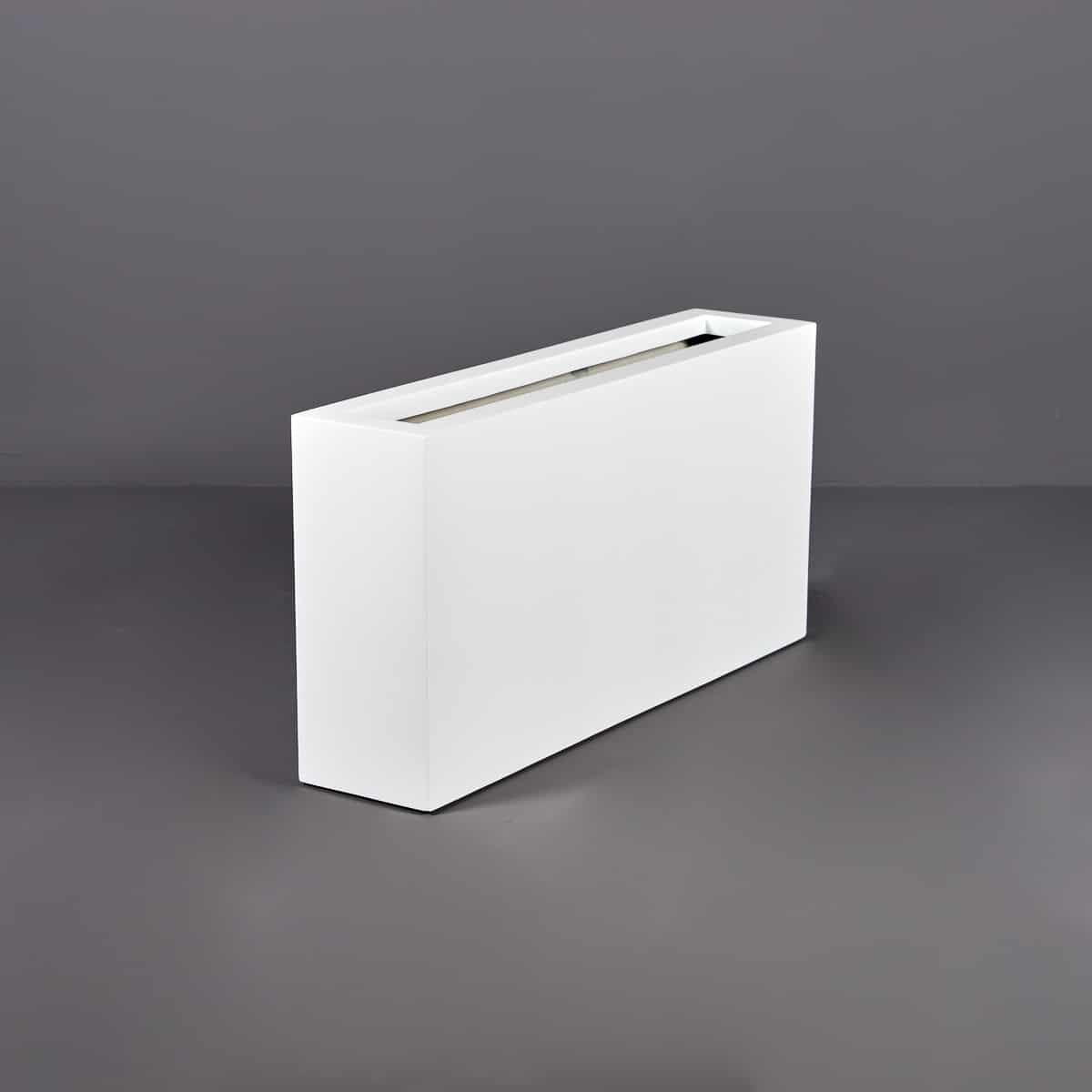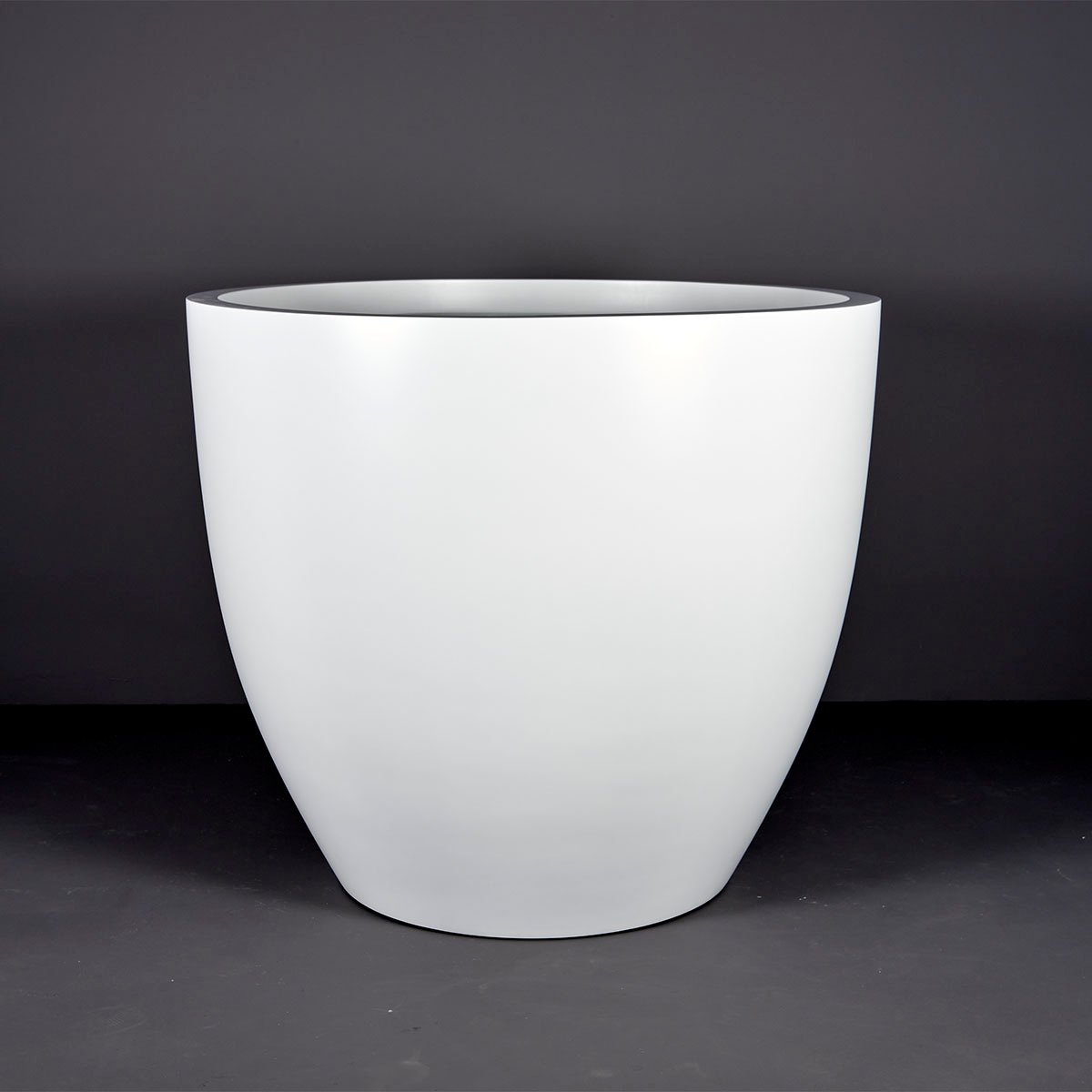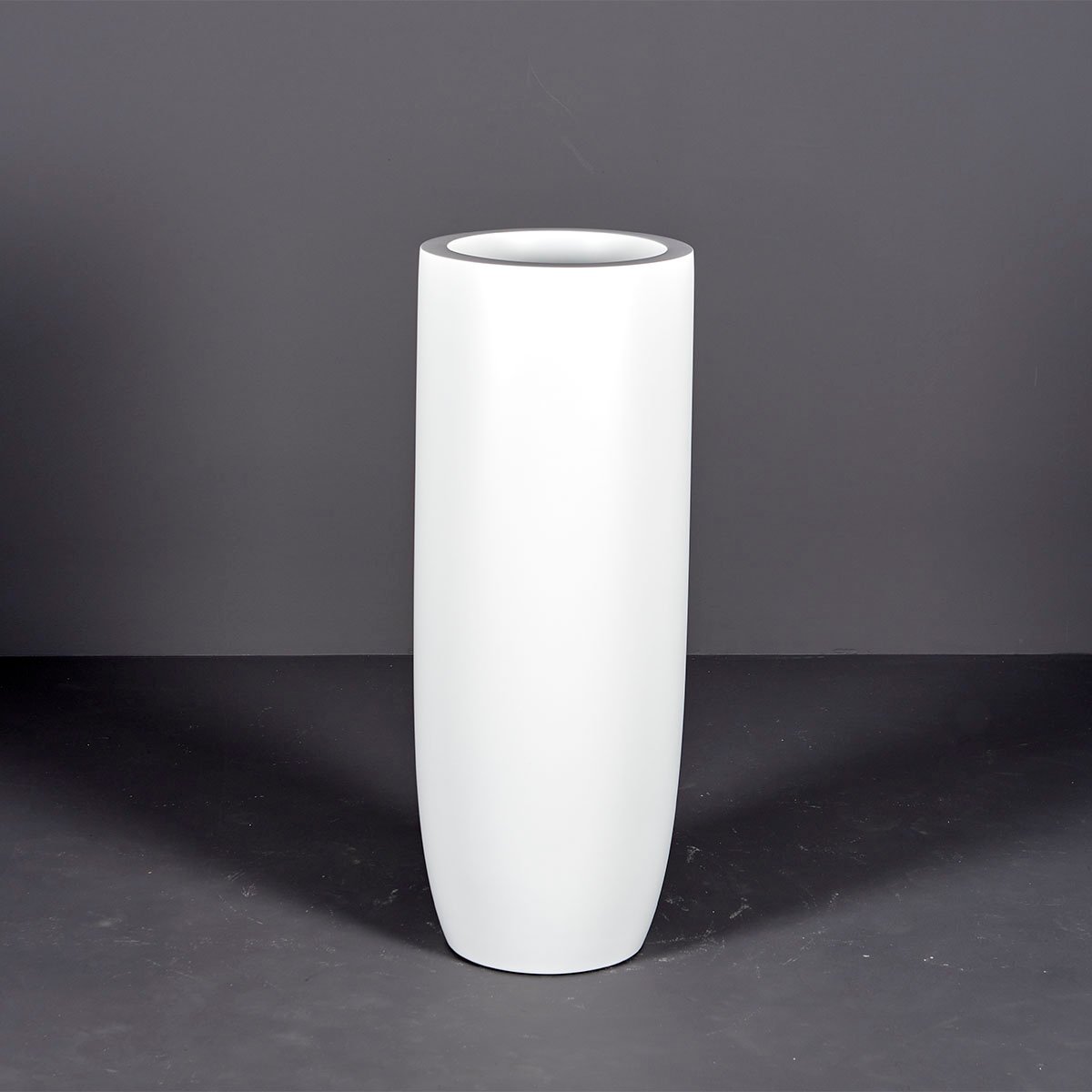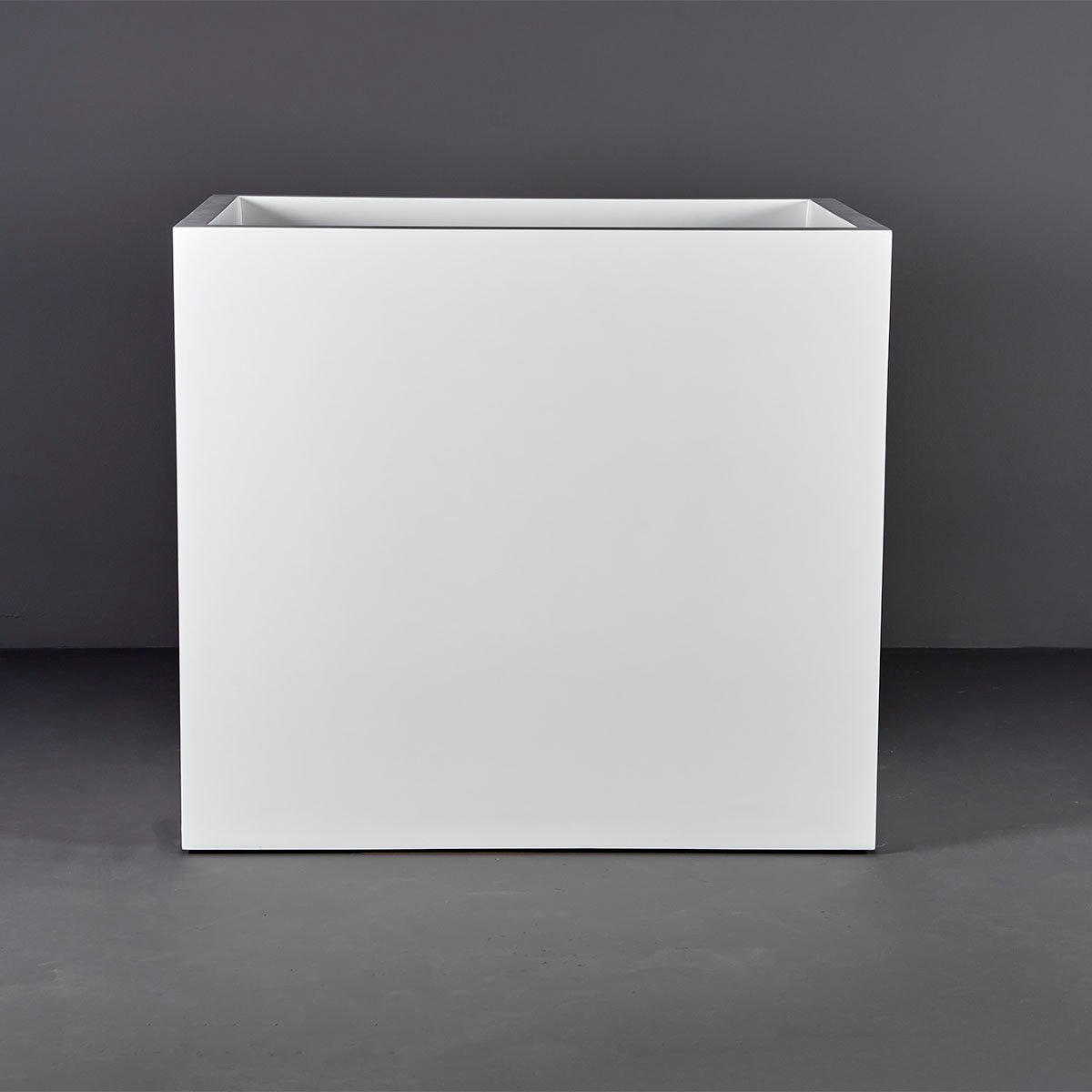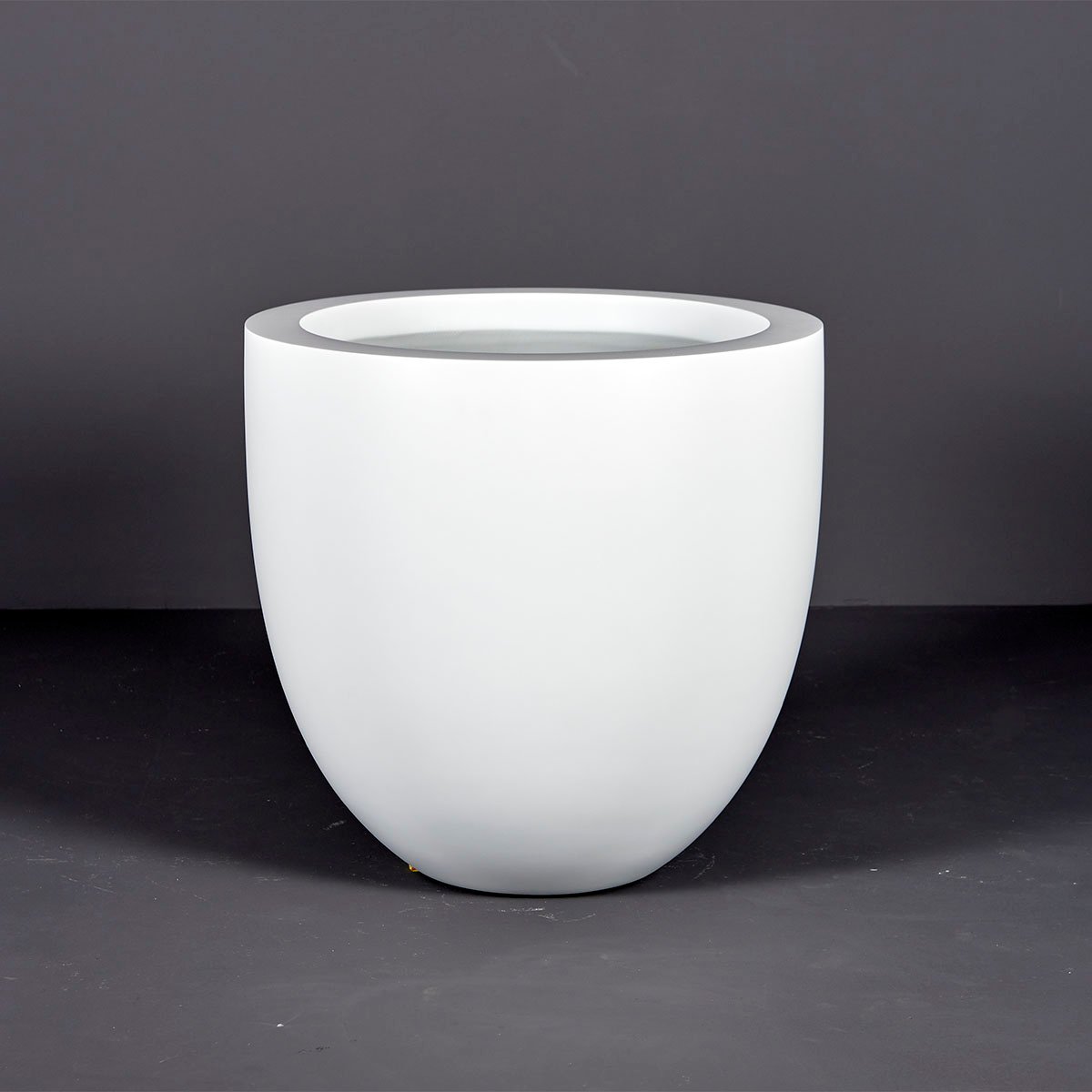Humans have always had a strong connection to nature. While some of us have a deeper love than others, when the iciness of winter creeps in, some people often have the urge to just forego their gardens.
But we don’t have to give up on our beautiful green companions, and we can even decorate our whole home and garden with them with just a few ideas.
So before you throw in the towel, have a look at these outdoor winter planter ideas, and then get started making your landscape look in-season, get in touch with mother nature, and bring the festive mood to your home, or even your office!
More interested in the year-round opportunities of home decor? Learn more about interior landscaping and design!
Table of Contents
Why Look After My Landscape In The Winter?
Arranging beautiful winter outdoor planters gives us the opportunity to tap into our creative side, reuse and recycle our summer planter boxes. and bring a festive spirit to the cold months of winter.
The joy that colorful planters give us, and the upgrade to our homes they provide, isn’t only relegated to spring or summer.
With winter pots, we’re offered the opportunity to brighten up our garden or porch and most importantly, get up and do something instead of cocooning ourselves under a pile of blankets gaining winter weight.
Also, working with plants is said to increase productivity levels by up to 15% – a boost that most people need during winter when serotonin and vitamin D levels plummet as the winter blues creep in.

So, everyone should get out into the garden even if they don’t have a green thumb, but where do we start? Let’s look at some winter planter ideas and bring some wonder to the entrance of our homes and even upgrade and improve our interiors and backyards design.
Related article: A Climate-Friendly Approach To Green Landscaping And Landscape Design
How Do I Make A Winter Planter Arrangement?
There are many ways to achieve a winter planter, from using the best outdoor plants that are in season, but here are our top 5 tips:

1. First Things First – Make A Plan!
Before we even attempt to start our winter container gardens we first need a plan and an idea. You’ll need to think about what type of containers you want to use, the colors that will work with your winter planters, and the kind of wintry plants, shrubs and trees you want to include.
Find the best trees for your pots!
Once your plan has been drawn out and you’re sure of the plants and planters you want, then it’s time to gather supplies.
Also, remember that you will need some potting soil, not ordinary topsoil. Potting soil has the right balance of nutrients and moisture retention for winter gardening in containers.
2. Use Accessories For A Festive Touch
Using accessories to add an element of texture to your plant displays is very festive. Common accessories for on and around your trees can be found in the craft store. Vintage markets and antique stores often have interesting decorative items too. They include:
- Pine cones and pinecone garland
- Faux Evergreen branches and cuttings
- Twig balls
- Birch logs
- Faux magnolia leaves
- pear gourds
- dyed eucalyptus
- Caspia
- Astilbe seedpods
- Dried hydrangea blooms
Related article: How To Fill Large Planters | From Potting Soil To Drainage Holes



3. Recycle And Reuse Winter Outdoor Planters And Plants
This is possibly one of the best winter planter ideas. You’re creating new winter containers and you’re cleaning up the space in your home at the same time.
This idea is also great because it requires minimal investment. Especially if you have a fiberglass planter from a previous gardening project. Just give it a quick polish and shine and it’s brand new again!
Learn more about how long fiberglass pots last. And why so long?
The spirit of recycling applies to plants too. Do you have a few winter plants sitting in the corners of your garden? A shy boxwood or a forgotten crop of pansies? Dig them up and re-home them in a planter for a new level of TLC.
If you don’t have many winter plants and evergreens in your yard, ask a neighbor or friend if they have anything to donate from their landscapes. Greens can always be purchased from your local nursery before the holidays.
4. Fill Your Winter Planter With Texture
By adding decorative branches to your planter, you can create an eye-catching display for your house or garden. By going faux, you have access to colorful berries like yellow, blue, red or orange to jazz up your winter outdoor planters. You can also use branches and ornamental grasses to add texture like:
- White Birch
- Red Dogwood
- Yellow Dogwood
- Green Ceder branches



5. Consider The Best Container Shape And Size For Winter
Modern containers come in a huge variety of planter shapes and sizes. Use the container’s shape to help determine the composition of your creation. A container that’s wide and short looks great with smaller plants with short branches such as a hedge.
While a container that’s tall and thin looks best with a strong vertical arrangement – perfect for trees!
Learn more from our Definitive Guide To Growing Trees In Pots | Plus Best Trees For Planters!
The other thing to consider is the weather. To prevent damage to your planter, place bricks or stones in the bottom of the container to add extra weight and help hold it down in strong winds. You can even place your growing pot in a larger and more sturdy cachepot or decorative pot.
Make sure there are drainage holes to allow water to leave the container before it freezes and damages the plant and the planter.
Didn’t get enough inspiration? Check out our expert-led guide on planter arrangement.
Best Outdoor Winter Planters
Winter Container Garden FAQs

What Are The Best Planter Color Combinations For Winter?
1. The Best Colors For Winter

Using colors to attract attention to your winter container garden has various benefits. Not only do you decorate your garden, but also introduce a festive mood that everyone can enjoy. Colors that are typically considered wintery include:
- Dominant colors such as cool shades of white, blue, and black
- Accent colors like berry red, emerald green, and deep rose
- Find Striking colors like rusty yellows and oranges, from winter flowers such as pansies
2. A Touch Of White For Class

Adding naturally white plants such as Hedera helix and white violas to your winter container garden gives it a touch of class.
You can easily replace the white-berried gaultheria with white hyacinths in spring and don’t forget to remove berries that go brown to keep it looking good.
Matching this arrangement with a white-painted container continues the white and wintery effect with a touch of class.
3. Add Pops Of Color To Make Winter Planters Stand Out
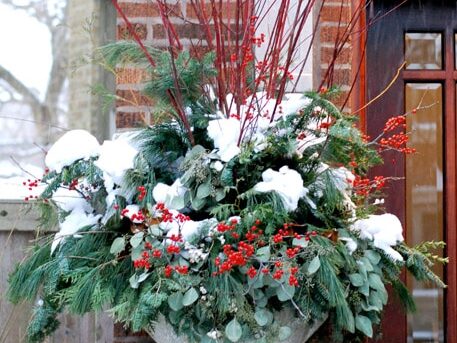
No winter garden is complete without a festive decoration to welcome in the holidays. To spruce up your simple planter arrangement, add some pops of color to your winter planters with these colored accessories:
- Green – Dried artichokes
- Red/Pink – Pear gourds, dyed eucalyptus, rose hips, dried pomegranates
- Purple/pink fillers and ornamental grasses – Caspia, astilbe seed pods
- Soft colors blue, pink – Dried hydrangea blooms
- Brown/yellow – Pinecone garland, sweetgum pods
4. Striking Colors In A Winter Landscape

Colors such as orange, yellow, and bright green are hard to find in the winter, without this guide. Try combining the warm purples of ornamental kale and the bright green of creeping jenny with your window box to brighten up your view.
By adding flowers like Pansies, your winter container will now be complete and the color will stand out even more against the green in the creeping jenny – perfect to add warmth to your porch!
Pansies are resilient and will bloom up until a very hard frost or good snow and then oftentimes show up again with the first sign of spring
Related article: Color theory for interior decorating
What Plants Survive Winter?
Nature has so much to offer us, even in colder climates. Most Evergreen plants and semi-evergreen plants are resilient in cold climate zones, though would die if frozen solid. Some of the most popular cold hardy plants are:
- Heuchera
- Fraser fir
- Sage
- White pine
- Pansies
- Sedums
- Ornamental Kale
For the best advice on growing all winter long, check out our guide to the best winter plants!


Can Succulents Survive Winter?
Yes. There are a few succulents that can tolerate winter even in zone 5 (as low as -10° to -20°F). Succulents are always a good bet to brighten up your winter container garden, spruce up your porch, or adorn your doorstep. Some hardy yet lovely succulents are:
- Agave
- Hummingbird yucca
- Stonecrop
- Ice Plant
What Are The Challenges Of Planting Over Winter?
There are a few common problems we have with planting over winter, but with every problem comes a solution. Below is a list of common problems you could have with your outdoor planters and plants:
1. Yellowing And Spotted Leaves

This may be because of pests such as thrips. When the temperature drops, plant pests will search for sheltered warmer areas. Your plants can become a target.
Our Solution: Keep an eye on your plants regularly and this will help you recognize any signs of pests early on. Sterilizing and regularly cleaning your garden tools is one way to prevent pests from being spread around your garden.
2. Frost Causes Stunted Growth And Blackened Leaves

Our Solution: Your plants aren’t suitable for the outdoor winter temperatures of your region. The convenience of using winter planters in your garden means you can always bring the outdoor planters inside when the cold gets too much.
You can also change what you’re growing by selecting hardy plants, vegetables, flowers for your growing zone. By carefully planning when and what to plant you will always have a thriving garden that’s lush, in all four seasons.

3. Plants Have Off-Color Foliage, Wilting, And Stunted Growth
Our Solution: You should water it properly. Overwatering or underwatering can lead to the problems mentioned above but can be solved by changing your watering frequency in order to assist with good growth.
Allow the soil to drain and dry to the point where most of the available water has been used. Try and avoid using a schedule to determine how often to water your plants. Instead, consider the plants’ individual needs when it comes to frequency, amount, application and water quality.
How Do You Keep Potted Plants Warm In The Winter?
Bringing your plants inside during winter is the best way to keep plants warm. Make sure to research your plants to know the exact requirements of when to bring your plant inside.
The ideal temperature for growing houseplants indoors is 60-75F so if your home is a little cold you could warm up your plants with a space heater in the room.
If you are too tired of bringing your planters inside, have a look at our practical tips for covering outdoor plants in winter to keep them warm!
Can Planters Be Left Out In Winter?
Some containers can be left out over winter. But watch out for cracks that could fill with water, freeze, and create more cracks. Winter containers need to be completely waterproof to withstand the wind and freezing temperatures. Materials such as fiberglass usually offer this protection (ours do).
Some materials used to make pots are simply not able to withstand cold temperatures and have to remain indoors throughout the winter.
For the best advice on planter maintenance over the winter, learn the Dos and Don’ts of winter planter care.
What Are The Best Planters For Cold Weather?
While common planter materials like metal, concrete, and plastic are safe for outdoor use, they all have their downsides. The best planters for a winter container garden are waterproof, strong, durable, and easy to move – fiberglass ticks all these boxes.
Read our article on planter materials to learn why not all planter materials were created equal.

Jay Scotts Featured Projects
See Our Planters Make A Difference
Learn how Jay Scotts planters are used to meet the goals of our customers – from the Philadelphia International Airport to the Gates Hotel South Beach in Miami.
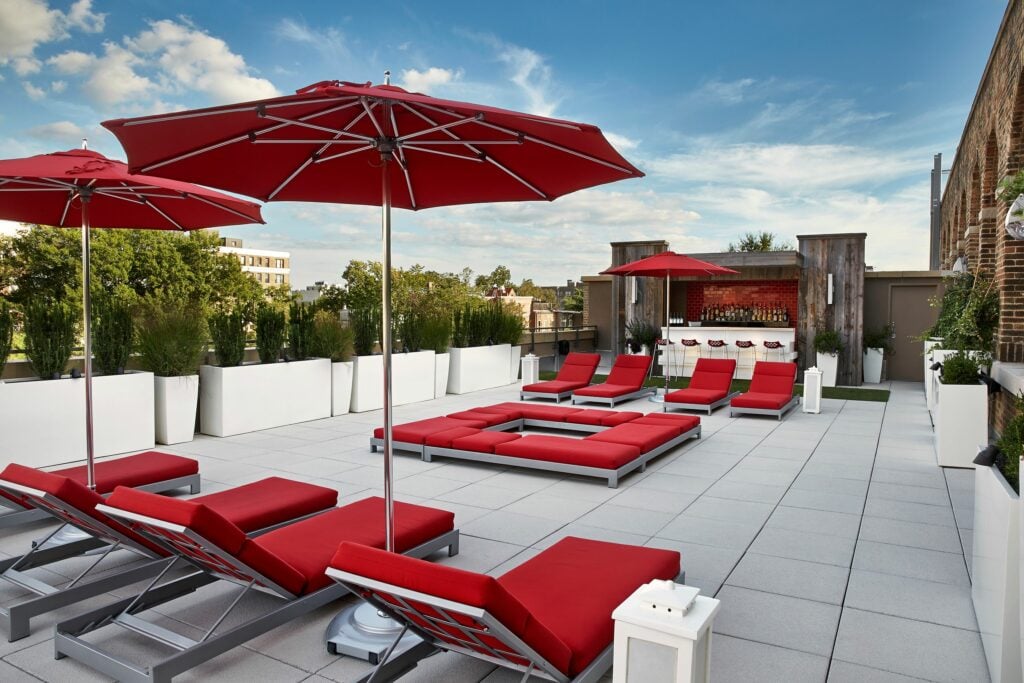
Making The Right Choice
Investing in fiberglass containers is the best choice for homeowners or industry professionals to ensure they have a winter container that looks beautiful AND lasts. Not sure if fiberglass planters are right for you or your customers? Learn about How Top Industry Professionals And Organizations Use Our Planters
Ready to take your business to the next level and by offering Jay Scotts Collection planters? While they are the best in the industry for professional and residential use, we also offer peace of mind with a 3-year warranty!
Enquire to be a wholesale partner and get wholesale benefits today!

